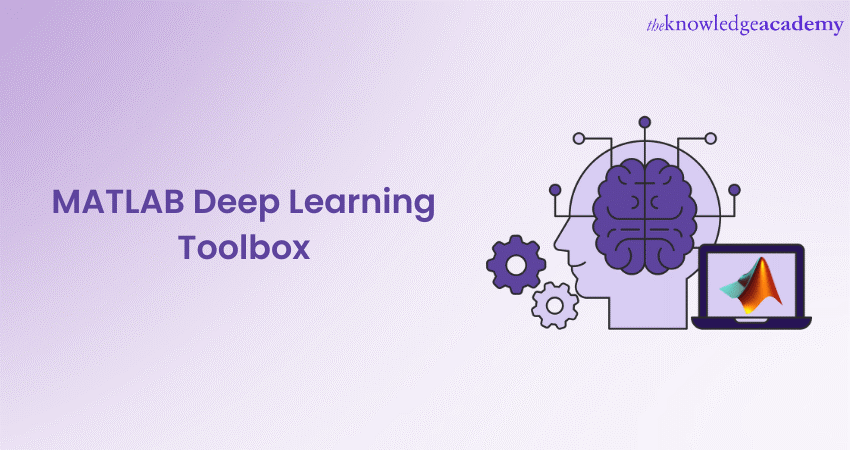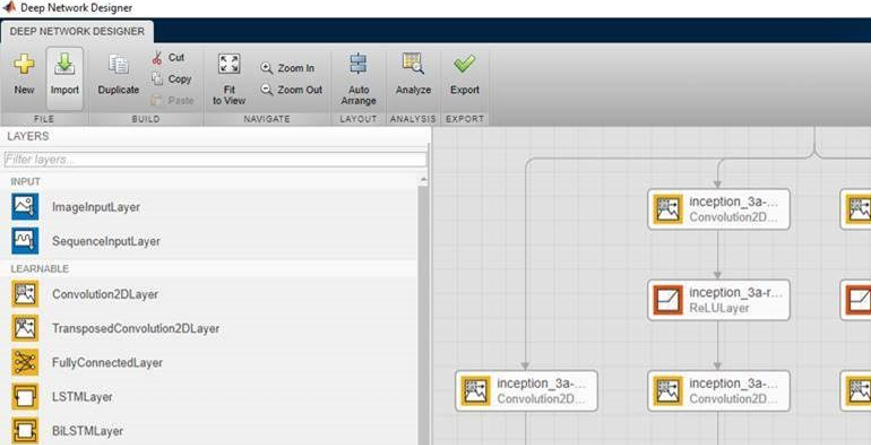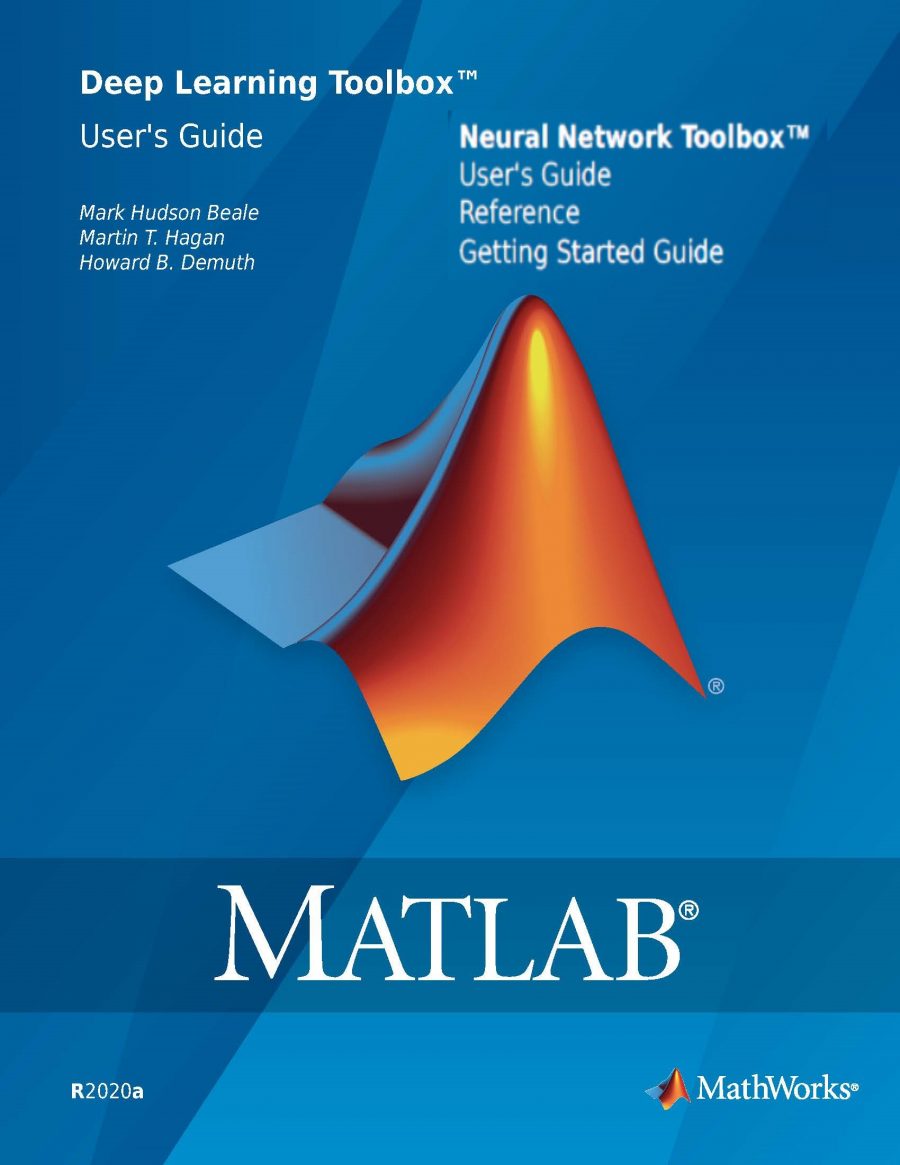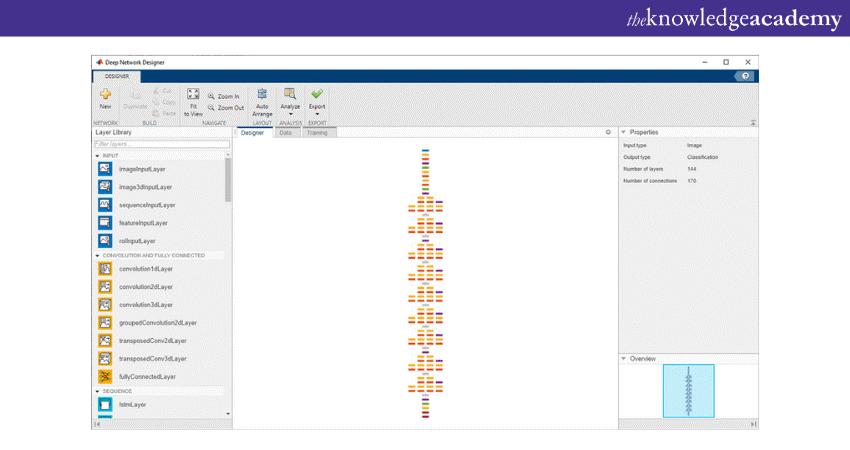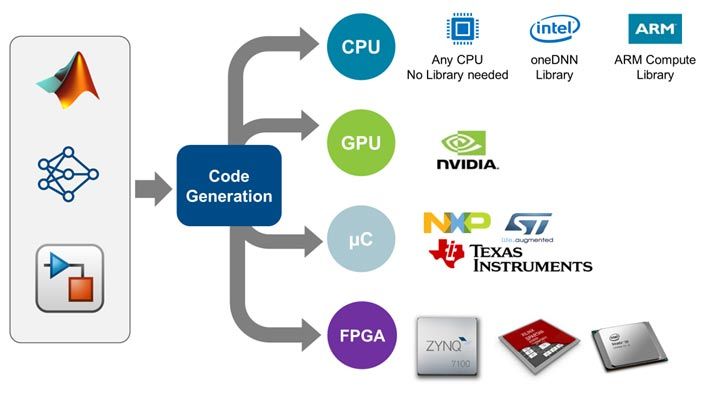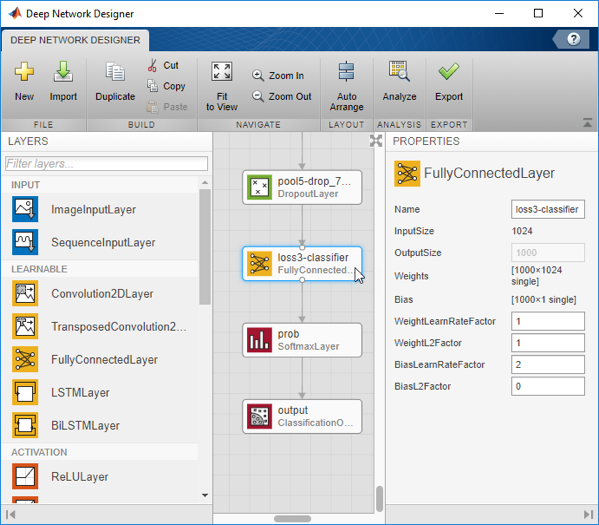How To Use Deep Learning Toolbox In Matlab
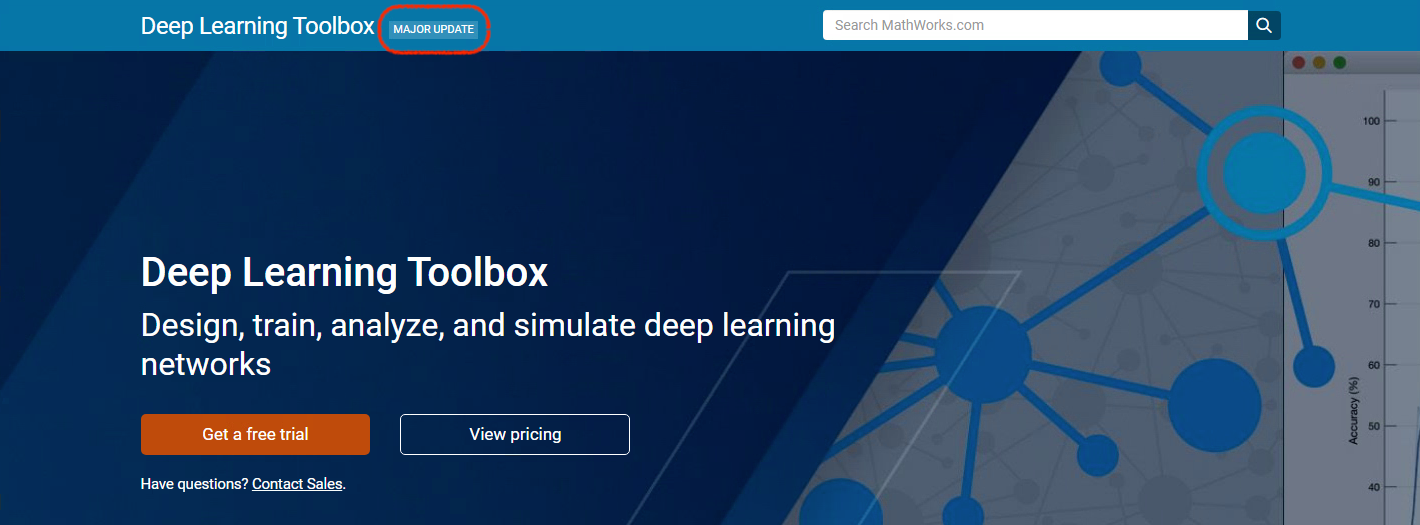
For engineers, researchers, and students navigating the complex landscape of artificial intelligence, MATLAB's Deep Learning Toolbox offers a powerful and accessible platform. This toolbox provides a comprehensive suite of functions, apps, and pre-trained models, facilitating the design, implementation, and deployment of deep learning networks. But how exactly can users leverage these tools effectively?
The Deep Learning Toolbox empowers users to build and train deep learning models, analyze data, and integrate these models into various applications. The toolbox streamlines the deep learning workflow, making it accessible even to those with limited experience in specialized programming languages.
Data Preparation is Key
The foundation of any successful deep learning project lies in the quality and preparation of the data. The Toolbox supports a wide range of data formats, including images, videos, audio, and time series data.
Users can leverage built-in functions for data augmentation, preprocessing, and labeling, ensuring that the data is suitable for training deep learning models. Data augmentation techniques, such as rotation, scaling, and translation, help to increase the size and diversity of the training dataset, improving the model's generalization performance.
Model Selection and Architecture
MATLAB offers a wide array of pre-trained models, including popular architectures like ResNet, GoogLeNet, and AlexNet. These models can be used as a starting point for transfer learning, a technique that leverages knowledge gained from training on a large dataset to improve performance on a related task.
The Toolbox also allows users to design custom network architectures using a layer-based approach. Users can define the layers of the network, including convolutional layers, pooling layers, and fully connected layers, and specify their parameters.
Training and Optimization
Once the data is prepared and the model architecture is defined, the next step is to train the model. MATLAB provides a variety of optimization algorithms, such as stochastic gradient descent (SGD), Adam, and RMSprop, to minimize the loss function and improve the model's accuracy.
Users can monitor the training process using built-in visualizations and performance metrics. This allows them to identify potential problems, such as overfitting or underfitting, and adjust the training parameters accordingly. GPU acceleration is also supported, significantly speeding up the training process for large datasets and complex models.
Leveraging Apps for Streamlined Workflow
The Deep Learning Toolbox includes several interactive apps that simplify common deep learning tasks. The Deep Network Designer app allows users to visually design and analyze network architectures.
The Image Labeler app provides a user-friendly interface for labeling images, which is essential for supervised learning tasks. These apps make the deep learning workflow more accessible to users with varying levels of experience.
Deployment and Integration
After the model is trained and validated, it can be deployed to various platforms, including embedded systems, mobile devices, and cloud environments. The MATLAB Compiler allows users to create standalone applications that can be deployed without requiring a MATLAB license.
The Toolbox also supports integration with other MATLAB toolboxes, such as the Computer Vision Toolbox and the Signal Processing Toolbox, enabling users to build comprehensive AI-powered solutions.
"The Deep Learning Toolbox provides a comprehensive environment for developing and deploying deep learning applications," says a Senior Application Engineer at MathWorks. "Its ease of use, combined with its powerful capabilities, makes it an ideal choice for both beginners and experienced users."
Ultimately, mastering the Deep Learning Toolbox involves understanding its various components and applying them strategically to specific problems. By effectively utilizing the tools and techniques offered by the Toolbox, users can unlock the potential of deep learning and build innovative solutions for a wide range of applications.
